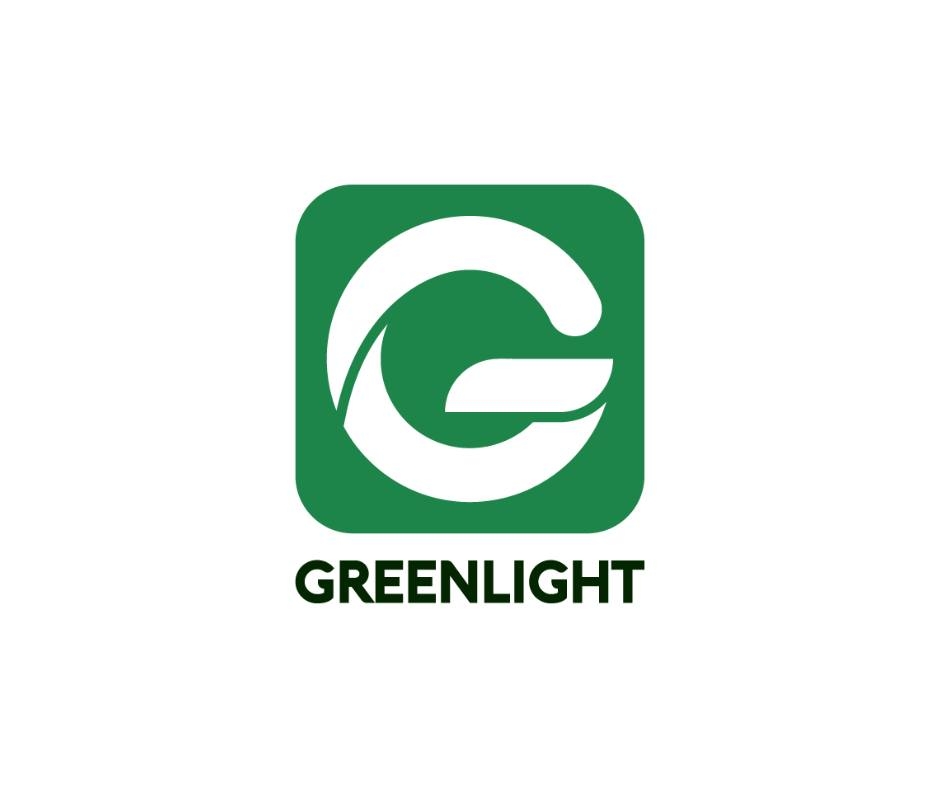Grid stability” is a highly important concept in the energy sector. With the increasing dependence on electricity and the rise of renewable energy sources such as solar power, it is crucial to prioritize the stability of our power grids. Previously viewed mainly as tools for decreasing carbon emissions and cutting electricity costs, solar panels are now recognized as crucial components in ensuring grid stability. This change signifies a notable transformation in the function of solar energy, altering our approach to energy security and decentralized energy solutions.
Advancements in Solar Panel Technology for Grid Stability
Traditionally, solar panels were viewed as passive contributors to the grid, generating electricity when the sun was shining and relying on backup power sources during low sunlight. Advancements in solar panel technology and developments in energy storage technologies have turned them into active contributors to grid stability solutions. Grid-tied solar systems, with smart inverters and monitoring features, can adapt their output to align with the grid’s demand, aiding in stabilizing voltage and frequency variations.
The Significance of Solar Panels in Improving Energy Security
Integrating solar panels with grid stability solutions enhances energy security. Solar panels decrease our dependence on centralized power plants by distributing electricity generation and distribution, mitigating the risk of outages caused by natural disasters, cyberattacks, or equipment breakdowns. Rooftop solar arrays and other distributed energy resources enhance communities’ ability to sustain electricity during extensive outages, strengthening overall energy resilience.
As the demand for distributed energy solutions grows, solar panels are increasingly prominent in decentralizing the power grid. Solar panels reduce transmission losses and ease pressure on the grid infrastructure by producing power near the point of use. The modular design of solar arrays enables flexible deployment, facilitating the incorporation of renewable energy sources into existing infrastructure to meet evolving energy demands.
Combining Solar Panels with Smart Grid Technologies
Solar panels and smart grid technologies are advancing grid stability solutions. Smart grids use real-time data and advanced communication technology to optimize energy distribution, quickly address interruptions, and adapt to the variable output of renewable energy sources such as solar power. Integrating solar panels with smart grid technology optimizes energy network efficiency and reliability while reducing environmental effects.
The Future of Solar Panels in Grid Stability
The future of solar panels in grid stability solutions appears promising. Ongoing research and development are concentrated on enhancing the efficiency and cost-effectiveness of solar technology, improving energy storage capacities, and broadening the incorporation of renewables into the grid infrastructure. As innovations progress, solar panels will become more crucial in defining a sustainable, resilient, and reliable energy future.
Improving Solar Panel Efficiency Using Technological Innovations
Efficiency optimization of solar panels is a key focus of industry innovation in the current dynamic energy sector. Technological progress, such as developments in photovoltaic cell design and improved tracking systems, is leading to substantial increases in solar panel efficiency. The advancements enhance power generation efficiency per unit area of solar panels and improve grid stability by maintaining optimal energy production in changing environmental conditions.
Resolving Grid Integration Issues in Large-Scale Solar Projects
The increasing deployment of large-scale solar projects, energy stakeholders prioritize resolving grid interconnection difficulties. Unlike smaller rooftop systems, utility-scale solar projects necessitate meticulous design to effectively connect with current grid infrastructure. Overcoming challenges, including voltage fluctuations, reactive power management, grid congestion, improved grid modeling, collaboration with grid operators, and grid-friendly solar inverters, are necessary for seamless integration and optimal performance.
Inspiring Societies with Community Solar Initiatives
Community solar programs are becoming a potent method for increasing access to solar energy and encouraging community involvement and ownership. Community solar projects allow renters, low-income households, and individuals with unsuitable rooftops to shift to renewable energy by combining resources and distributing the advantages of solar systems. These programs increase access to solar power and enhance grid stability by diversifying electricity sources and fostering local resilience during disruptions.
Conclusion
The increasing use of solar panels in grid stability solutions represents a significant change in how we produce, distribute, and use electricity. From passive contributors to active grid stabilizers, solar panels have become important assets in our energy security and sustainability search. Solar power and advanced technologies can create a more resilient and decentralized energy landscape. As a leading provider of solar energy solutions, Green Light Group is committed to driving innovation and empowering communities to embrace renewable energy for a brighter future.


